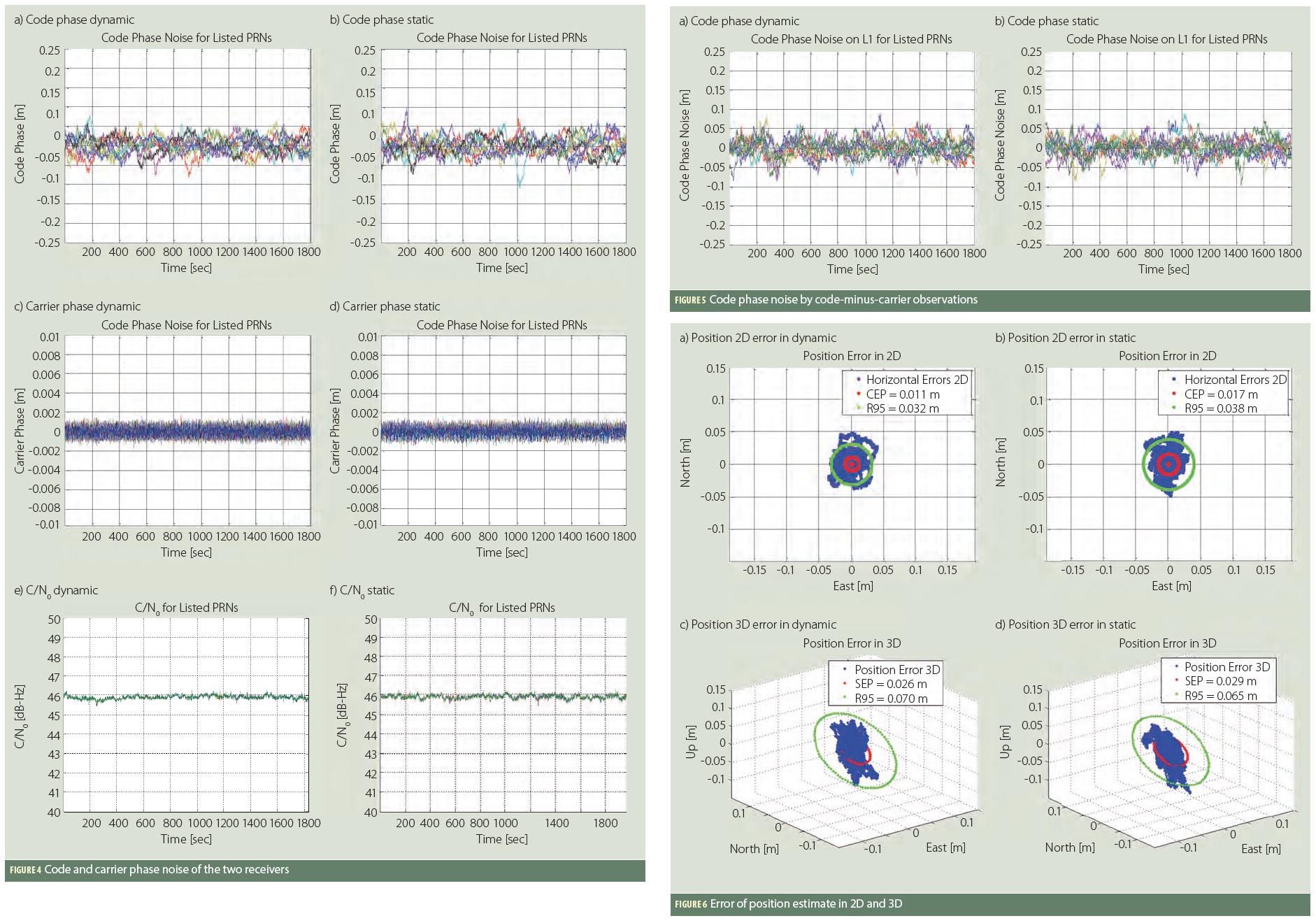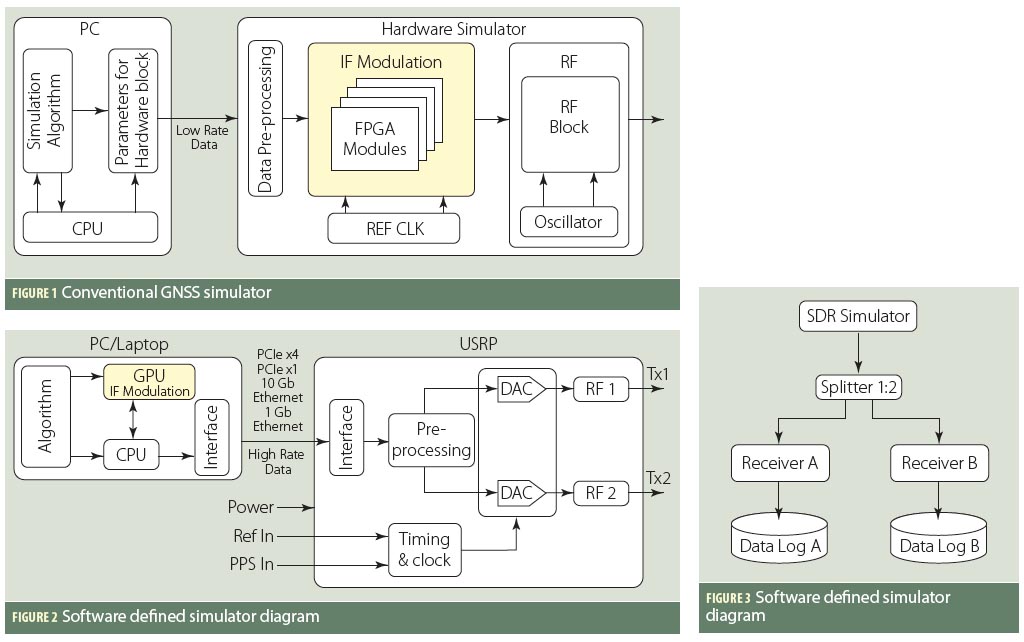GPS Confidential

Ubiquitous location-aware mobile devices, mainly GPS-enabled smartphones, have led to a boom in location-based services (LBS), which have been revolutionizing businesses and lifestyles. Common uses of LBSs include asset tracking, location-based advertising, emergency roadside service, turn-by-turn navigation, and real-time traffic & road information sharing.
By Inside GNSS














